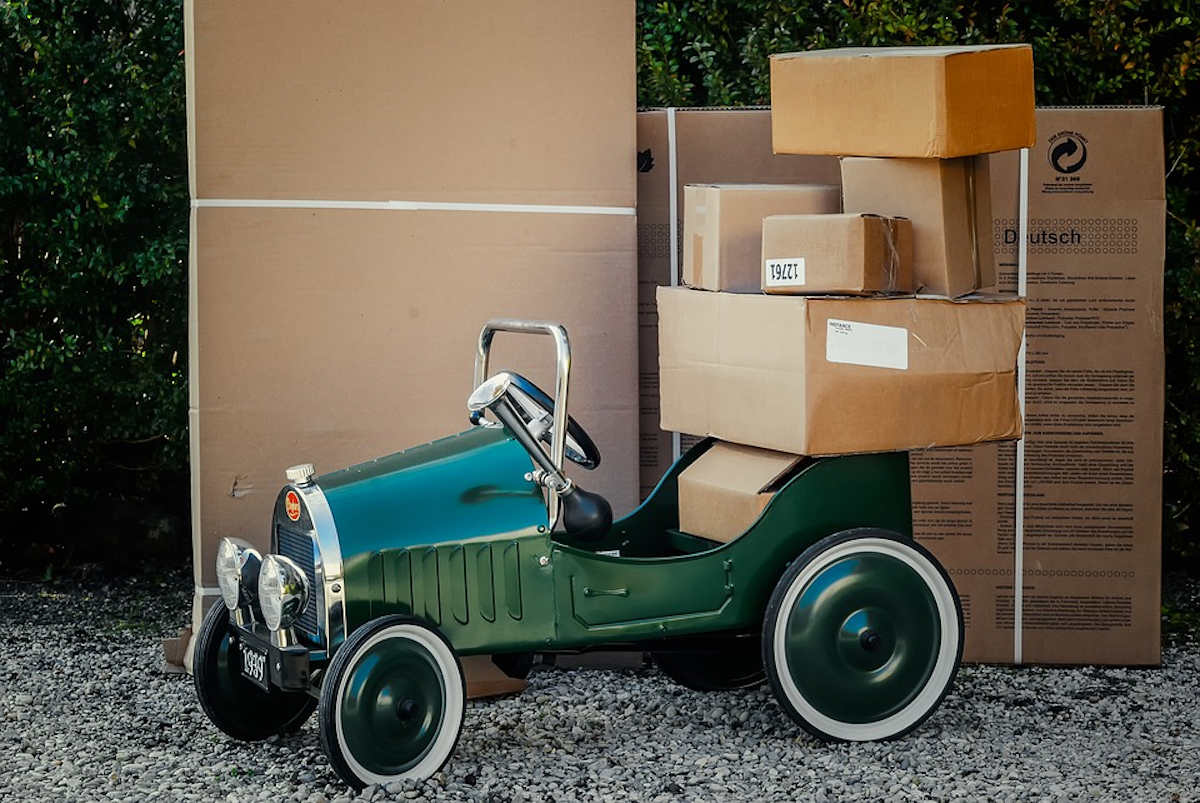Sustainable packaging – The challenge of recyclable packaging

Sustainable packaging is a goal of increasing interest to both the public (customers increasingly concerned about the impact of their consumption on the environment) and companies (in order to reduce production costs and appear more attractive to potential buyers).
The sustainability of the use of packaging is now a central issue that affects all stages of production, starting with the choice of materials used.
Sustainable Packaging – Why is it so critical?
According to Doxa, in a sample of Italians surveyed in February 2021, 70 percent of them spend as much time as necessary separating packaging as required by separate collection. However, 17 percent of respondents aged 18 to 34 are unwilling to take more than a second to separate packaging components to implement separate collection between cardboard, plastic and other materials. Twelve percent, between the ages of 18 and 34, are willing to take up to 10 seconds.
From this we derive the impression that not all the population is willing to devote as much time to separate the various materials so that full recycling of all reusable materials can be implemented.
La recyclability of composite materials then is not a fully achieved goal, as long as participation by the public is required in the separation of the joined components (think of cardboard milk cartons whose cap is made of plastic, which must then be manually extracted from the rest
The challenge is to make packaging for food and other purposes that is composed mostly of recycled elements and must require minimal effort on the part of users to separate the parts that cannot be recycled together.
Sustainable packaging is packaging designed to impact the environment as little as possible while at the same time performing its protective and preservation functions to the best of its ability.
Sustainable packaging production is governed by the principles of:
● Reduction in the need for raw material,
● simplification of packaging,
● use mainly of recycled material
● make recycling activities more immediate
European regulations, on the other hand, set increasingly ambitious targets for recyclability of packaging, which come to meet consumer demands for increasingly eco-friendly products. Packaging World studies show that 47 percent of respondents intend to make use of sustainable packaging, 28 percent intend to use ethically sourced products, 17 percent want organically sourced products, and 9 percent require transportation methods of reduced environmental impact.
Much of the effort falls on manufacturing companies who must be able to reduce the need for packaging material by reducing waste. Eco design is directed toward goals of social benefits (meeting consumer preferences and improving company appeal), economic benefits (reducing costs associated with material sourcing) and environmental benefits (reducing the production of materials that end up in the environment). Design for its part must aim to reduce waste, limit energy consumption, curb emissions, and encourage reuse.
Environmentally sustainable packaging – The new recyclable packaging innovations ahead
The packaging industry must aim to implement innovative solutions capable of achieving advanced performance such as plastics. The focus is on biodegradable, recyclable and reusable items that do not burden the environment as much as traditional ones.
The use of cardboard is evolving to reduce the weight of individual packages in order to make these practices increasingly eco-sustainable. FSC® certification attests to the fact that paper and paperboard are sourced from forests subject to environmentally sustainable production, both naturally and in terms of their relationship with workers and local people.
Among the most promising materials for reducing the use of environmentally impactful materials we have:
● pulp: a compound of plant origin obtained from virgin fiber waste from the processing of sugarcane and bamboo
● Mater-BI: compostable bioplastics composed of corn starch, renewable and fossil-based raw materials.
● seaweed
● blends based on nanoclay, lignin, and wood fibers.
● Polylactic acid: decidedly waterproof bioplastics with excellent mechanical strength, mainly used for food products, toys
● cellophane: a product of natural origin derived from plant cellulose, especially favored by the food industry. Can be easily processed in the form of sheets and reels
These innovative materials will surely be able to progressively develop increasingly satisfactory performance and introduce new beneficial functions for both packaging and customer communication needs. This will make it possible, on the one hand, to meet the legitimate eco-sustainability aspirations of customers and, on the other, to confirm themselves as influential market players who are attentive to both the needs of their audiences and those of the environment.